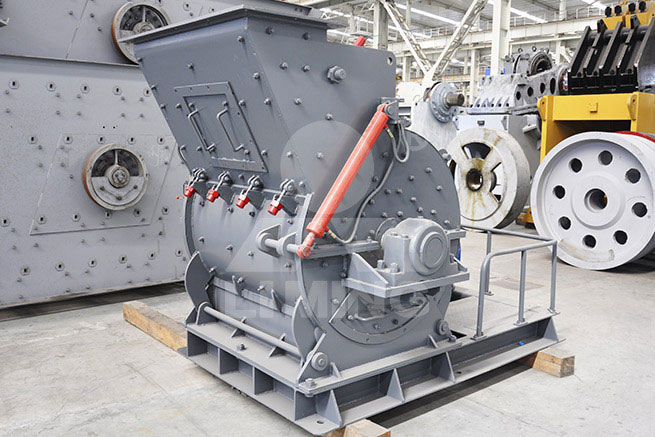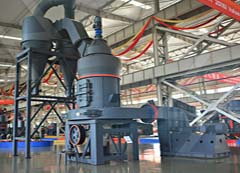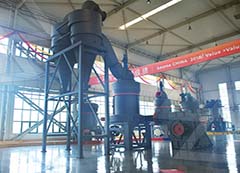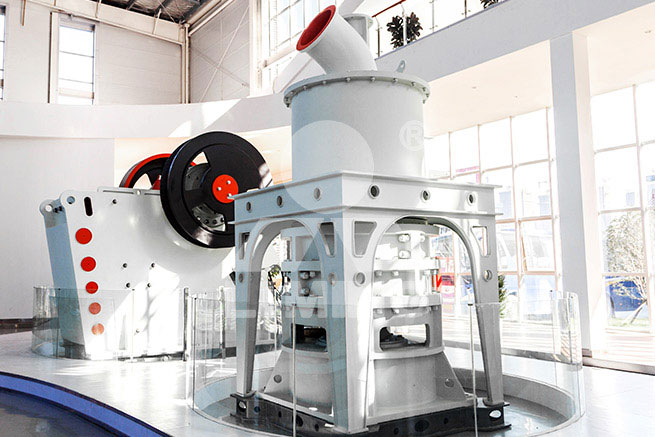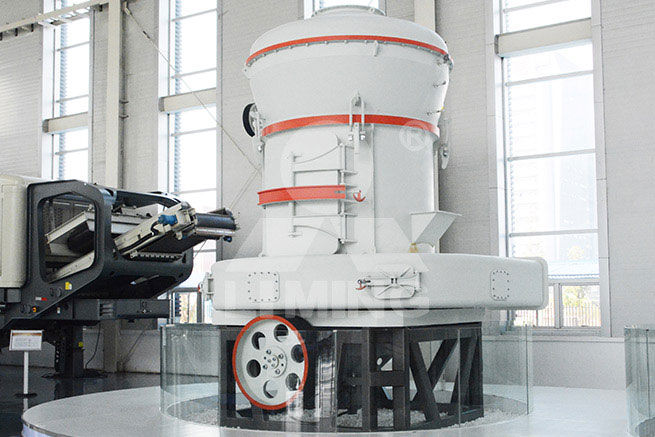the differences in gold extraction techniques after leaching

difference between leaching and extraction
2018-9-10 Solid Extraction.pdf - Leaching Extraction Operation ... Rate of Extraction The solution process can be considered in terms of the usual rate equation rate of solution = driving force/resistance In this case, the driving force is the difference between the concentration of the component being transferred, the solute, at the solid interface and in the bulk of the solvent
More
Gold Processing Methods Gold Ore Extraction
2015-9-15 This page offers a comparative review of gold recovery methods: Flotation and Leaching of the Float Conc. Flotation and Leaching of the sulfide
More
Gold Extraction Techniques - Manhattan Gold Silver
2016-4-6 One of the earliest methods for extracting gold, salt cementation, was perfected through the Iron Age. When the Lydian Empire was standardizing the purity of the gold and silver they were using for the world’s earliest coinage, this was the method they relied on. When mined, gold is commonly merged with silver as an alloy called electrum.
More
Gold Metallurgy and Leaching Process
2015-6-24 Leaching, often gold, is the process of extracting a soluble constituent from a solid by means of a solvent. In extractive metallurgy, of gold, it is the process of dissolving a certain mineral (or minerals) from an ore or a concentrate, or dissolving certain constituents from materials such as a calcines, mattes, scrap alloys, anodic slimes ...
More
Gold Extraction - an overview ScienceDirect Topics
The effect of pH value on gold extraction for various ore types is shown in Figure 28.4. Greatly increasing pH value has a beneficial effect on gold extraction for both oxide and sulfide ores and stabilizes ∼pH 9.5–10.0, whereas for some carbonaceous ores, pH value has no apparent effect. However, the outcome will vary depending on the ...
More
Gold CIL CIP Gold Leaching Process Explained
2013-1-2 Cyanide is a lixiviant, or reagent that is used to leach, often in tanks, gold from a solid matrix and form a gold cyanide complex. The gold cyanide complex is then extracted from the pulp or slurry by adsorption onto activated
More
8 Gold Extraction Methods from Gold Ore
2022-3-30 4. Flotation-cyanide leaching method. This gold extraction methods from ore mainly have two schemes: (1) Flotation-concentrate cyanide leaching method. It is suitable for the treatment of gold ...
More
Difference Between Leaching and Extraction
2015-4-4 Both leaching and extraction refer to the isolation of one or several compounds from a mixture that they are originally present in. When a solid mixture is brought in contact with a solvent in order to separate the
More
A systematic review of sustainable gold extraction from
2022-3-1 Results: 45% of gold extraction with a non-pre-treated sample; 86% after microwave roasting. Case 3 - A bromine-based solution was applied to extract gold from a sulphide gold ore (Sousa et al., 2018). ® Leaching solution: The leaching solution composed by 4.4 g of NaBr, 30 mL of NaOCl, 42 mL of HCl and 28 mL of H2O per 100 mL of solution.
More
Gold extraction - QueensMineDesignWiki
2019-6-28 Although there are various leaching techniques for free-milling ores, the main technique in Australia, North America, and South Africa is agitation cyanide leaching. Gold recovery is then attained through carbon-in-leach (CIL)
More
Common Gold Extraction Methods - miningpedia
2020-2-28 Cyanide leaching of gold can be divided into tank leaching (agitation leaching) and heap leaching (percolation leaching). 1) Tank leaching Process. The slurry after the grinding and classification is adjusted to the appropriate concentration by the thickening and dehydration, then the cyanide solution is added to stir and then inflated for ...
More
Gold Extraction Recovery Processes
2016-2-29 The difference between the specific gravity of gold (19.0) and the low specific gravity of the gangue (2.7) makes gravity concentration the primary means of recovery free gold particles. In general, gravity separation has some
More
Gold extraction solutions - cnlitereagent
2020-6-4 【Principle】Gold heap leaching refers to pile up low-grade gold ore or flotation tailings on the bottom mat material, and then spray it through the NaCN solution to dissolve the gold in the ore to form a gold-containing pregant liquid and finally refine to recover gold. 【Process】 1. Crushing and Screening. 2. Set Heap Leaching Site. 3. Heap Spraying and
More
The Extraction of Gold from E-waste by Hydrometallurgy
To solve the problems and extract valuable metals by hydrometallurgy, leaching and organic solvent are used. To do this, after a specific amount of electrical and electronic waste was crushed, ground, and refined, it was sampled. Then, the sample was washed with water, and its remaining was leached into nitric acid.
More
GOLD HEAP LEACHING STUDIES: MECHANISMS AND NEW
The only heap leaching operation in western Europe (the French Rouez mine) will be studied, comparing geological and mineralogical observations to leaching parameters and to the conventional gold extraction techniques results (on activated carbon followed by an elution and zinc reduction). The different work milestones and targets are as follows.
More
(PDF) Extraction of Precious Metal "GOLD" from
2015-10-25 The thiourea ( (NH 2) 2 CS) leaching is considerable for the extraction of gold. In acidic. conditions, thiourea dissolves gold, for ming a cationic complex; the reaction is rapid a nd. gold ...
More
How gold is extracted by Cyanidation Process - Refresh
2020-6-17 Cyanidation is a method used in the extraction of gold from its ore. This extraction is done by converting the gold to a water-soluble form. The cyanidation process of gold extraction or the use of cyanide is the most common leaching process, used in the extraction of gold from its ores. Some countries do not approve of this method of gold ...
More
(PDF) Leaching of gold ores with high
2018-7-10 In this paper, a physico-chemical approach is presented to estimate the liberation and exposure of cyanicides to the leaching solution, and then prediction of the speciation of all possible ...
More
the differencies in gold extraction technics after leaching
The decrease in gold extraction only occurred on leaching the blend. After 12 months of laboratory investigation, three options were identified to solve the problem: leaching at pH value lower than 10, increasing the DO of the slurry, or using lead nitrate. The significant effect of pH on gold leaching pointed to stibnite as the origin of the ...
More
Gold Extraction Recovery Processes
2016-2-29 The difference between the specific gravity of gold (19.0) and the low specific gravity of the gangue (2.7) makes gravity concentration the primary means of recovery free gold particles. In general, gravity separation has some
More
leaching techniques Gold Refining Metal Extraction
2012-5-19 The best method I have devised is removing 90-95% of the magnetite and hematite with N52 neodymium magnets, leaving a concentrate of a low enough volume to make leaching economical. The only thing standing in my way is removing the remaining iron prior to leaching with the acid/clorox leach. B.
More
Challenges and opportunities in the recovery of gold from
2020-1-27 Solvent extraction An alternative technique for gold recovery from the leach liquor is solvent extraction, a scalable technique for the selective separation of a particular metal from a mixed-metal feedstock. 49,85 This is particularly important for the recycling of waste electronics, where the concentrations of base metals far outweigh the ...
More
How gold is extracted by Cyanidation Process - Refresh
2020-6-17 Cyanidation is a method used in the extraction of gold from its ore. This extraction is done by converting the gold to a water-soluble form. The cyanidation process of gold extraction or the use of cyanide is the most common leaching process, used in the extraction of gold from its ores. Some countries do not approve of this method of gold ...
More
HEAP LEACHING TECHNIQUE in MINING - Euromines
2015-1-22 This BREF document covers fourteen different metals, including gold, that are mined and/or processed in the European Union (EU-15), the acceding countries, the candidate countries and Turkey, Heap leaching techniques are briefly addressed in this version of the BREF document but not sufficiently described.
More
Gold Extraction from Refractory Sulfide Gold Concentrates:
2021-8-25 The effect of bio-oxidation and neutral atmospheric oxidation pre-treatment of refractory gold concentrates on gold and silver extraction during cyanidation was investigated. A series of pre-treatment experiments was conducted on three high sulfur (> 9%) refractory concentrates with 0.92–1.25 g/t gold and 64–90 g/t silver. Cyanidation of the pre-treated
More
Gold and Silver Extraction SpringerLink
2019-12-15 Abstract. Gold is considered a store of value and has been a sought-after metal since the dawn of human civilization. It was known to Egyptians as early as 3100 BC. The value of gold was reported to be two-and-one-half times the value of silver in the code of Menes, the founder of the first Egyptian dynasty. A gold mine in Nubia in Nile valley ...
More
(PDF) Leaching of gold ores with high
2018-7-10 In this paper, a physico-chemical approach is presented to estimate the liberation and exposure of cyanicides to the leaching solution, and then prediction of the speciation of all possible ...
More
Establishing thE ProcEss MinEralogy of gold orEs
can influence the behaviour of gold in flotation, leaching and/or recovery processes. Electrum with a high silver content may give poor gold extraction due to tarnishing of the silver (Fleming, 1998). The presence of copper in the ore at above ±0.3% concentration may make direct cyanidation uneconomic without re-treating the Cu(CN)2 formed
More- << Previous:Crusher For Sale In China
- >> Next:Clinker Crushers Supplierclinker Crushing Grinding


